This Shakshuka recipe is an EASY, healthy, 30-minute, irresistible one pot wonder celebrated for its bold flavors and versatile nature – LOTS of variations included! This recipe is elevated with adept seasonings, fire roasted crushed tomatoes, harissa, feta and skilled techniques that will having you stuffing your face for breakfast, lunch and dinner 😋. Follow the tips, tricks and how-to video for the best shakshuka you’ve ever tasted!
Watch How to Make Shakshuka Recipe


What is Shakshuka Eggs?
Hailing from the Middle East and North Africa, shakshuka is a vibrant and hearty dish where eggs are gently poached in a vibrant tomato and bell pepper sauce infused with a harmonious blend of spices like cumin and paprika. This one-pan wonder is a saucy, egg-filled masterpiece that’s perfect for dipping with crusty bread or pita bread. It’s savory, slightly tangy, slightly spicy and transforms your breakfast or brunch into a flavor-packed adventure.

Shakshuka origin
Shakshuka originated in North Africa, specifically the Maghreb region (encompassing Tunisia, Algeria, Libya, Mauritania, Morocco), in the mid-16th century where a similar dish called “Chakchouka” was prepared. Over time, this vibrant creation made its way to Israel, where it underwent a flavorful transformation. The addition of spices like cumin and paprika and the use of bell peppers infused the dish with a distinctive, aromatic character. Today, the dish has variations in different countries, each adding its unique twist to the recipe. So, while shakshuka has strong ties to the Middle East, its historical roots are in North Africa, and it has become a beloved dish in Israel and beyond.


The Best Shakshuka Recipe
Shakshuka has become a global sensation, celebrated for its bold flavors and versatile nature. Here’s what makes this recipe the best:
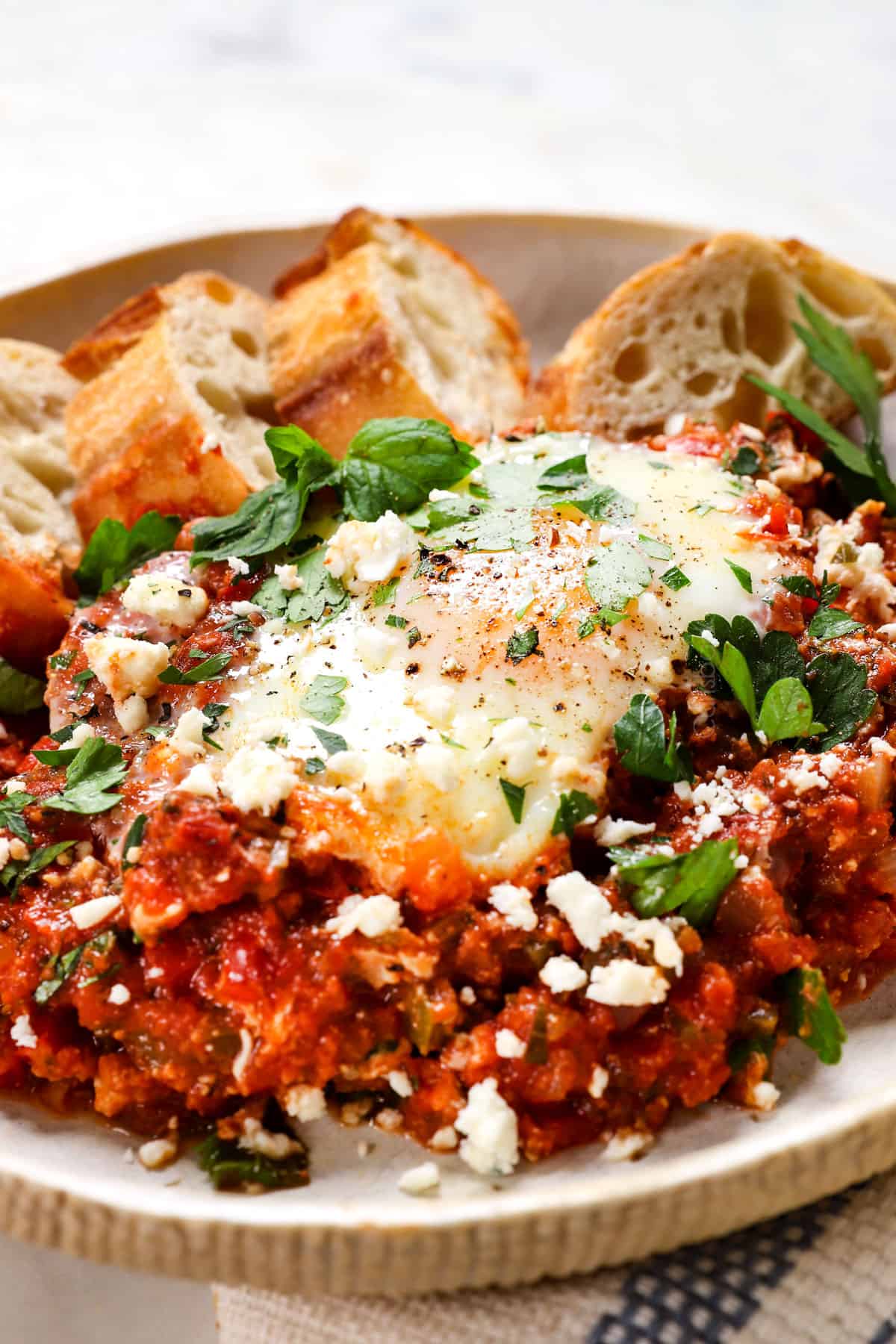

Egg Shakshuka ingredients
This shakshuka recipe is made with easy-to-find ingredients – you probably have most of them on hand right now! Let’s take a closer look at what you’ll need (measurements in the printable recipe card at the bottom of the post):
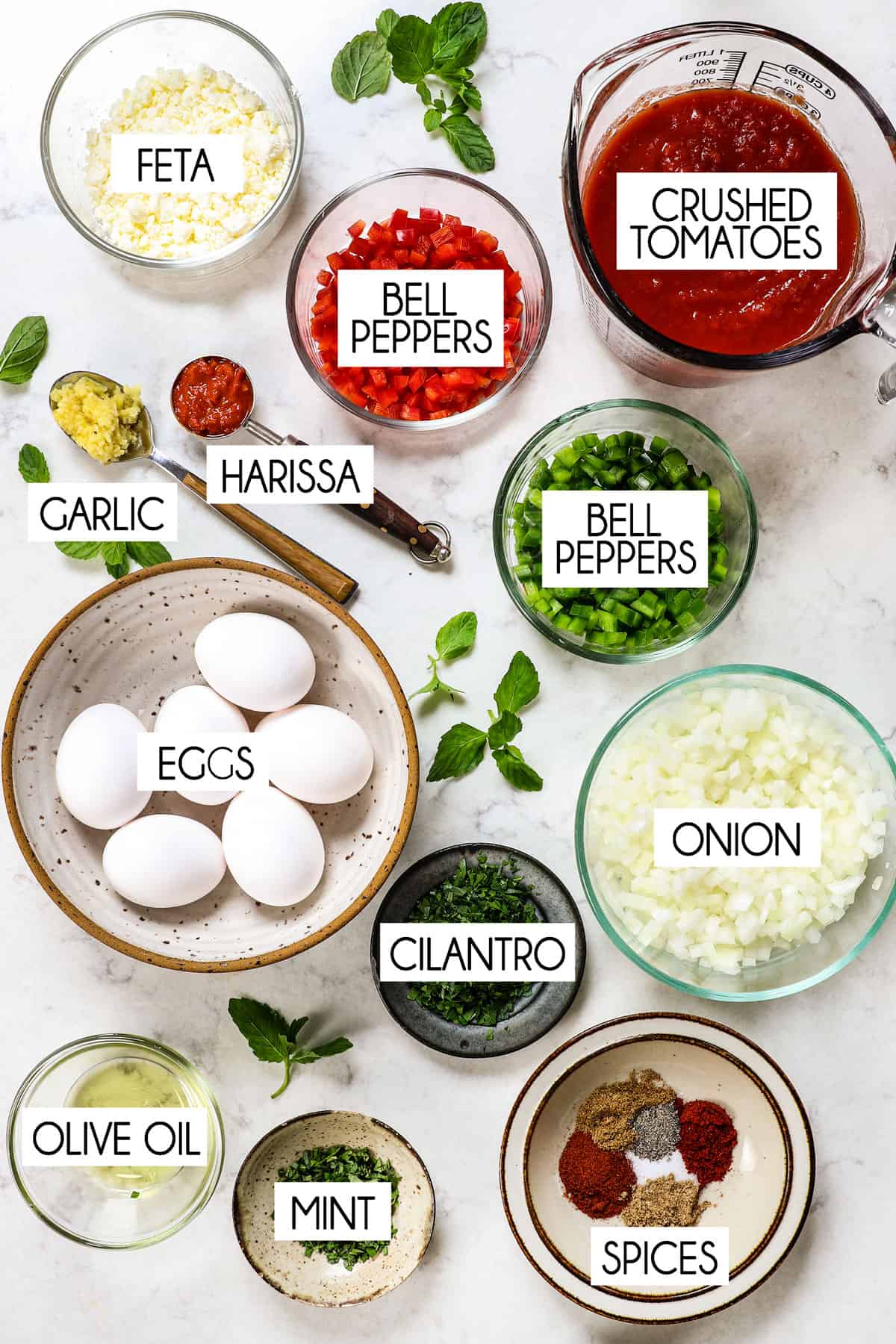

Shakshuka Recipe variations
Egg Shakshuka is built for riffing. As long as you follow the scrumptious sauce (even then, there’s flexibility), you can’t go wrong with any add-ins. Keep the recipe simple or use the dish as a clean-out-the fridge meal. Here are a few ideas:


How to make Shakshuka Eggs
This easy one-pan Shakshuka featuring eggs poached in a spicy tomato sauce is easier to make than you think! Let’s take a closer look with step-by-step photos (full recipe in the printable recipe card at the bottom of the post):

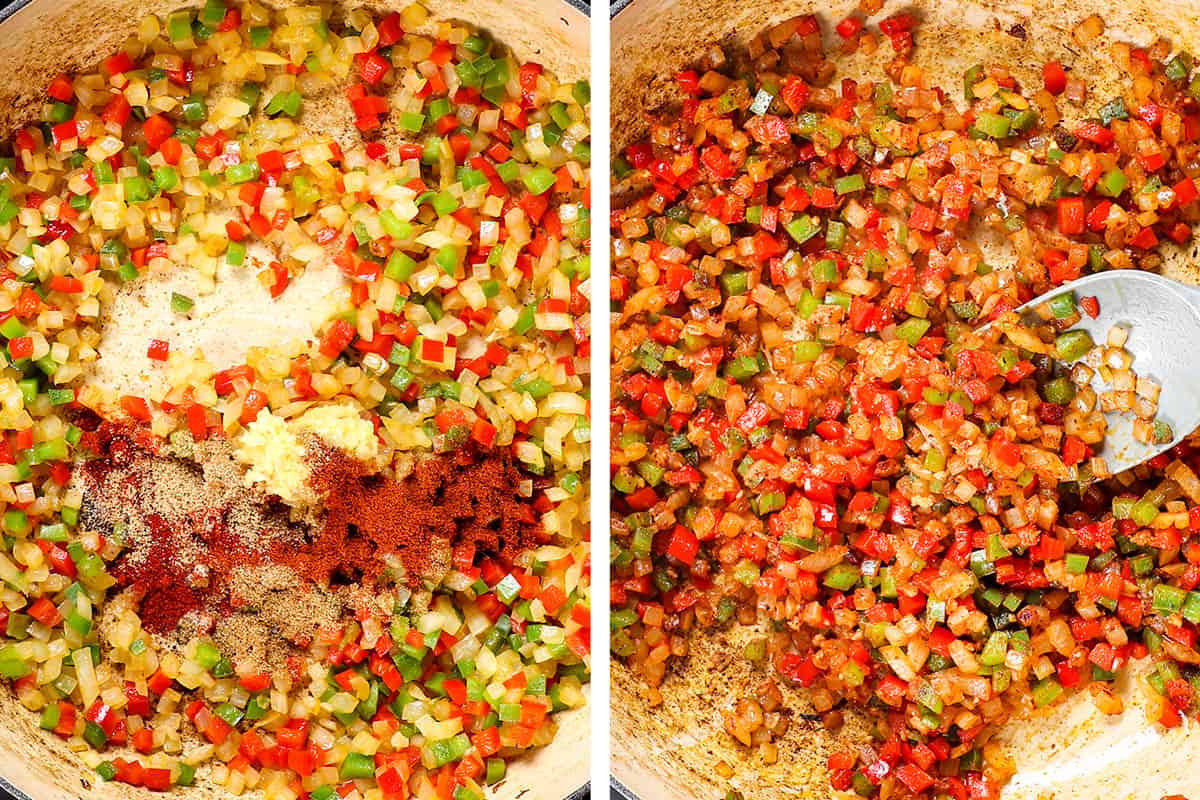


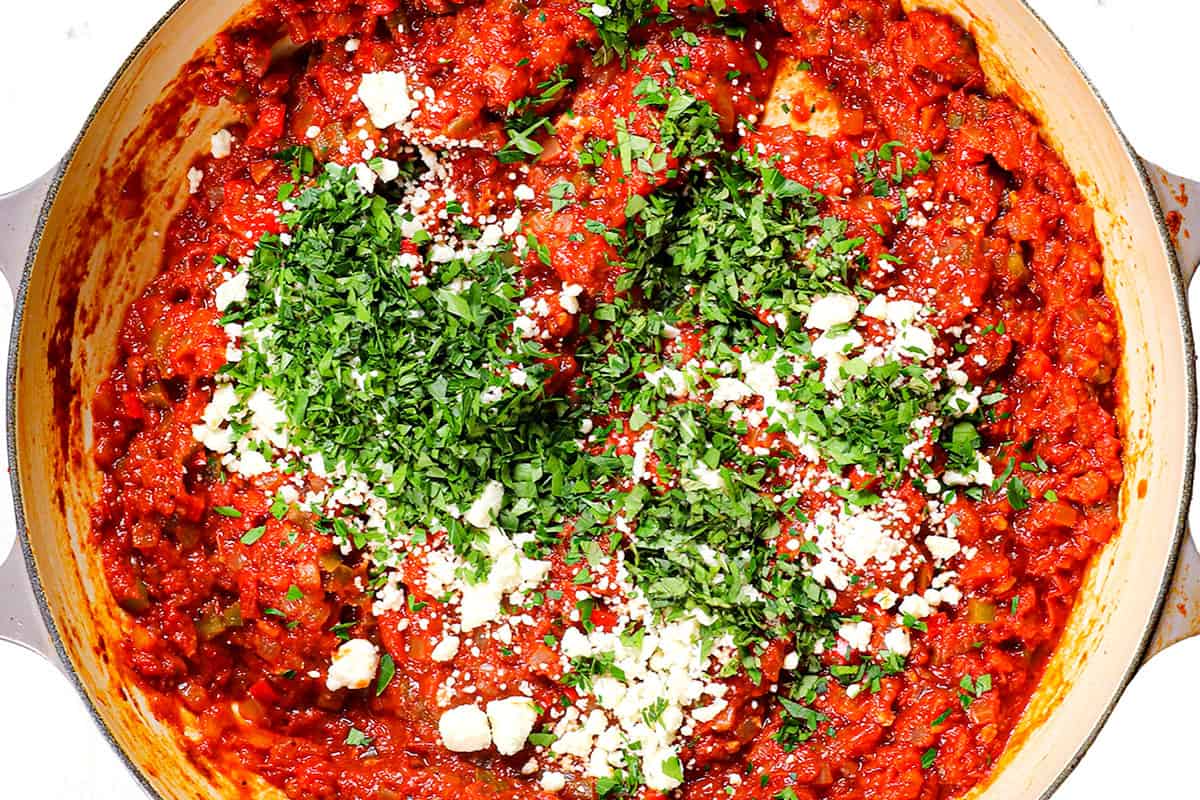



TIPS for making shakshuka recipe
Follow these tips for the best shakshuka recipe!
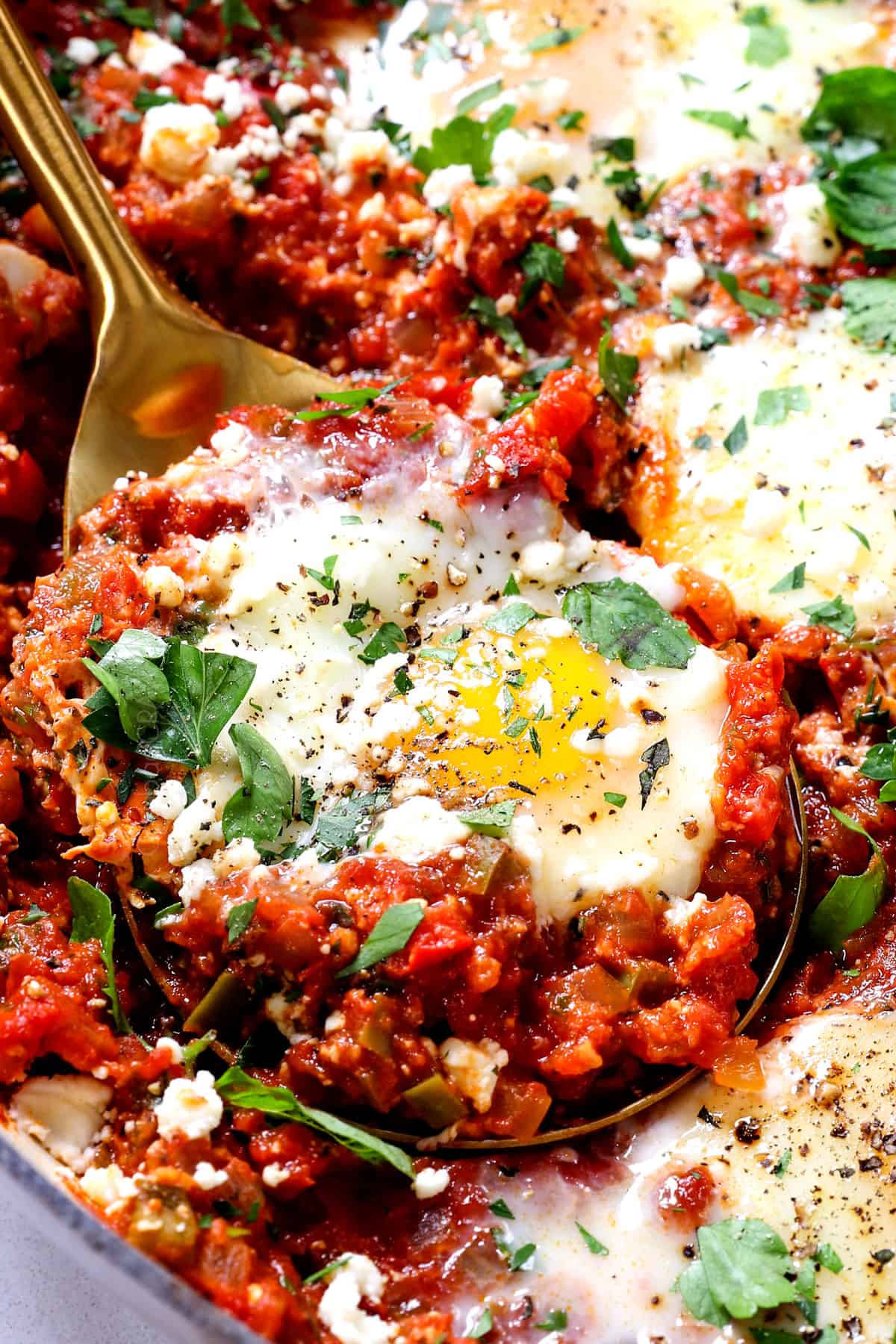

How to eat Shakshuka Eggs
Shakshuka should be eaten with bread to mop up every last speck of hot, bubbling sauce and runny egg yolk. While crusty bread is traditional, pick your favs such as sourdough, French bread, ciabatta, etc. Pitas are also a popular choice in some regions. Shakshuka is also tasty served over hash browns, sweet potato mash, lentils, or rice.

Prep ahead shaksuka
Make the sauce ahead of time, simmer, but don’t add the eggs OR add just as many eggs as you wish to poach and eat immediately.
Store the rest of the sauce in an airtight container in the refrigerator for up to 5 days or freeze for up to three months. When ready to enjoy, bring the sauce to a simmer, then proceed with the recipe.

MEal Prep shaksuka
Make the sauce ahead of time, simmer, but don’t add the eggs. Divide the sauce into desired number of microwave-safe containers. When ready to enjoy, crack the eggs into the individual containers. Microwave for 3-5 minutes with the lid on but not closed. The eggs will cook in the sauce!
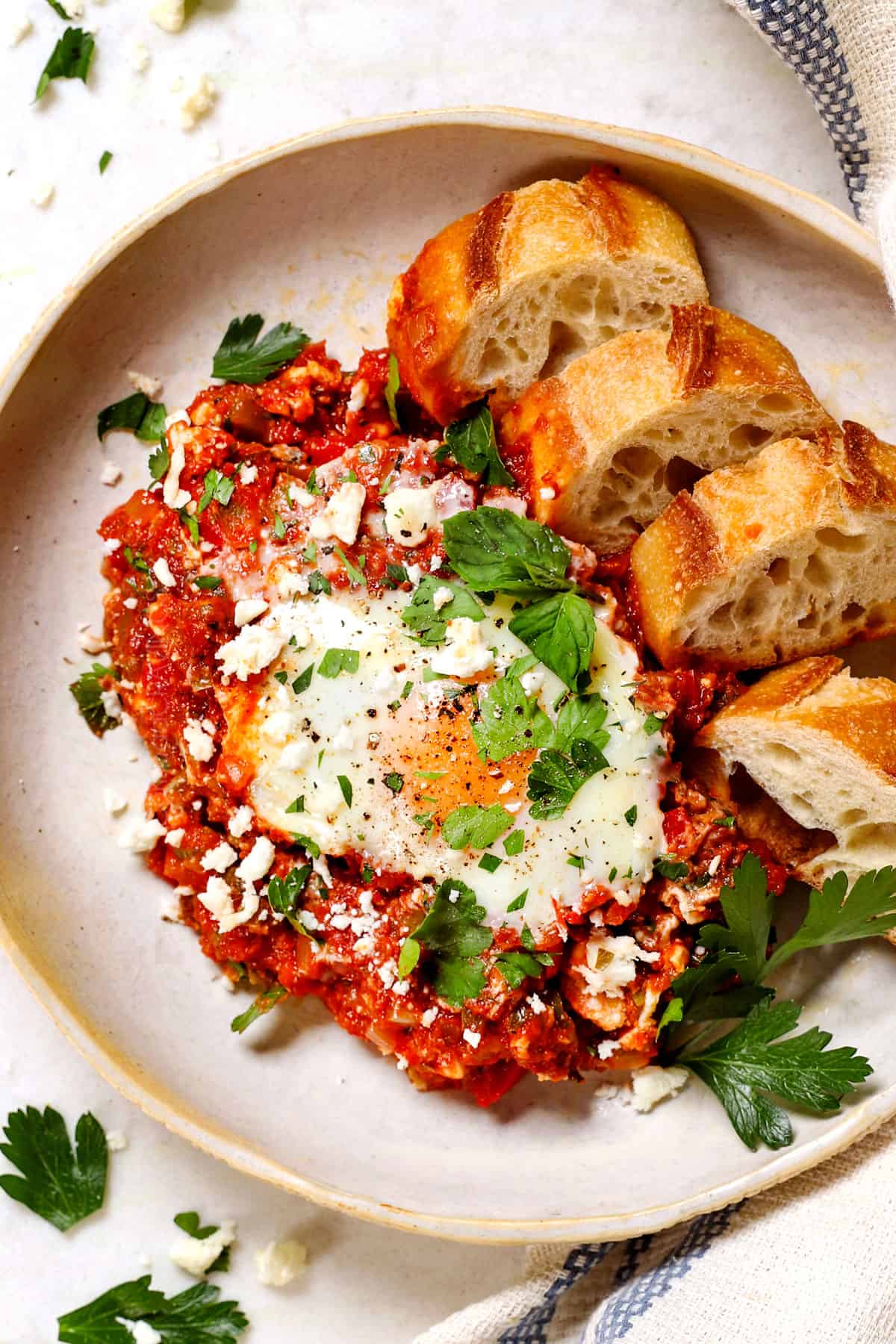

Eggs Shakshuka storage
Shakshuka is best enjoyed immediately, or store the sauce without the eggs in an airtight container for up to 5 days or freeze for up to 3 months. When ready to enjoy, bring the sauce to a simmer, then proceed with fresh eggs. I have also stored this recipe with cooked eggs, and they reheat fine, just without the runny yolks. See tips below.

How To reheat shakshuka
Reheat the sauce without the eggs on the stovetop until simmering, then repeat adding fresh eggs and cooking per recipe directions. Alternatively, heat individual servings in a microwave safe bowl with a lid by adding a fresh egg and microwaving 3-5 minutes with the lid on but not closed. The eggs will cook in the sauce.
Note: You can also reheat cooked eggs, but the egg yolks won’t be runny. In order to prevent rubbery, over-cooked eggs, remove the eggs from the sauce and reheat it separately before adding the egg(s) back and cooking or microwaving briefly to warm through.
Traditional Shakshuka Recipe FAQs
“Eggs in Purgatory” and “Shakshuka” are both delightful egg dishes showcasing eggs cracked directly into a simmering tomato sauce to poach, but their unique spice profiles and regional influences set them apart.
Originating from Italy, Eggs in Purgatory features a simple tomato sauce with garlic and herbs, often with a pinch of chili flakes for heat. On the other hand, Shakshuka hails from the Middle East and North Africa, boasting a more complex tomato and bell pepper sauce seasoned with spices like cumin, paprika, and cayenne or harissa. The eggs in Shakshuka are poached in this aromatic sauce, resulting in a rich and flavorful dish that often includes fresh herbs like cilantro and parsley as a finishing touch.
Shakshuka and Huevos Rancheros are both egg dishes with tomato-based elements, but they differ in their flavors profiles and construction. Shakshuka, originating from the Middle East and North Africa, features eggs poached in a spiced tomato and bell pepper sauce with ingredients like cumin and paprika, resulting in a rich and aromatic dish. On the other hand, Huevos Rancheros, a Mexican classic, showcases fried eggs, not poached, typically served on corn tortillas and smothered in a tomato-chili sauce. The Mexican version often includes beans, avocado, and cheese.
The best pan for making Shakshuka is seasoned stainless steel or enameled cast iron skillet, braiser (pictured) or a frying pan with high sides. These materials are nonreactive and resistant to both acidic and alkaline foods.
While many recipes online show the dish being made in cast-iron or nonstick skillets, this is not a good idea. The acid in the tomatoes can mix with the metal and results in an unpleasant metallic taste. It also can accelerate the aging process of the pans since the acid will slowly cause it to blister.
Shakshuka is believed to have originated in North Africa, specifically in countries like Tunisia, Libya, and Algeria. It is not attributed to a single country but has historical roots in the broader North African and Middle Eastern regions.
Shakshuka is a flavor explosion or rich, spiced tomato and bell pepper sauce, warmly embracing perfectly poached eggs. It’s a symphony of savory, slightly tangy, and aromatic goodness, with a kick of spices like cumin and paprika. Each bite is a delightful journey through the vibrant and soulful flavors of North Africa and the Middle East.
“Shakshuka” is derived from the Arabic word “شَكْشُوكَة” (shakshouka), which roughly translates to “a mixture” or “all mixed up” in English. The name reflects the dish’s essence: a harmonious blend of ingredients, with eggs poached in a flavorful tomato and pepper sauce, often seasoned with a variety of spices.
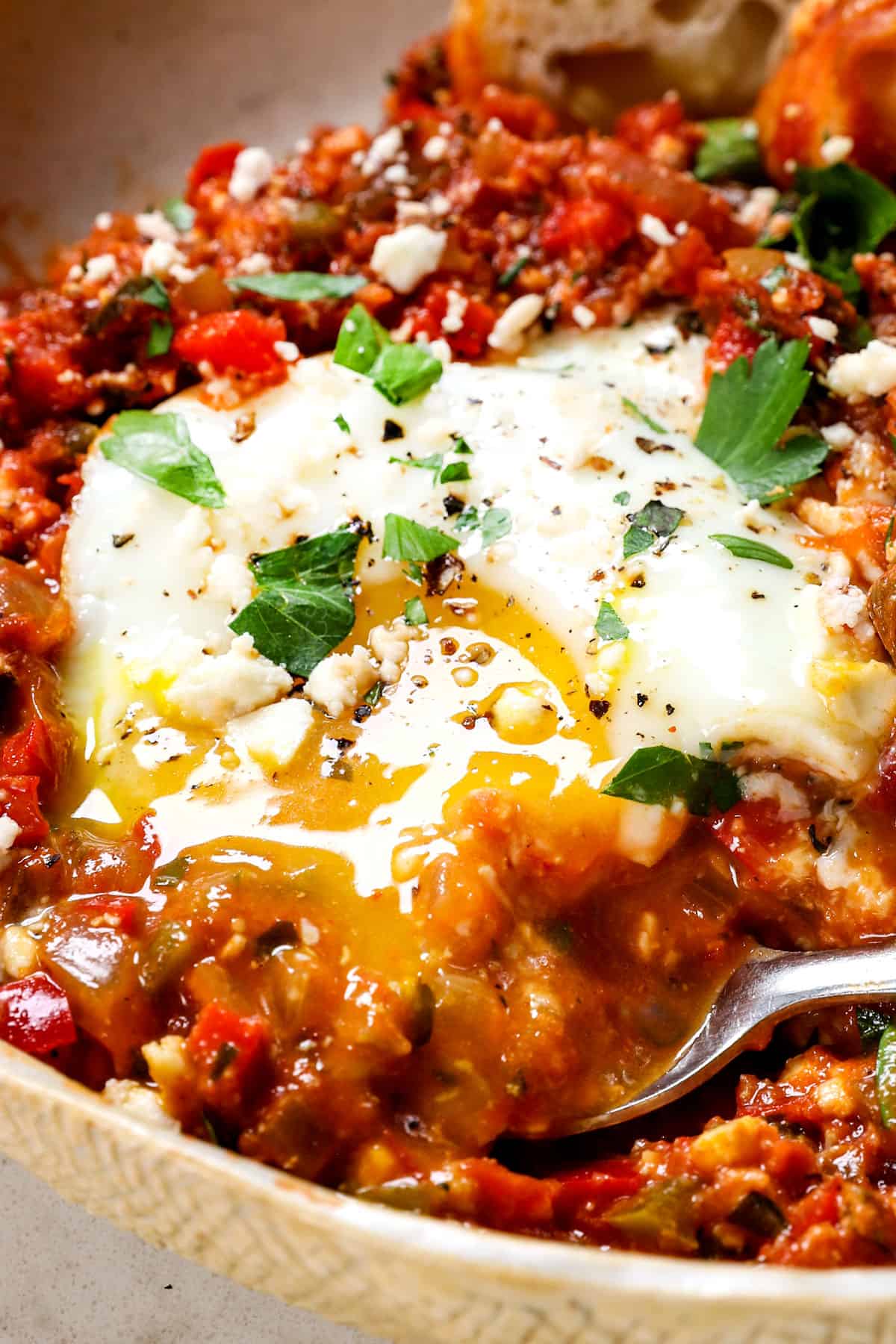

Looking for more Egg Breakfast Recipes?
Frittata
Eggs Benedict Casserole
Huevos Rancheros
Breakfast Sandwiches
Breakfast Burritos
Mini Quiche
Quiche Lorraine
Ham and Cheese Quiche
Deviled Eggs
WANT TO TRY THIS RECIPE?
PIN IT to your recipe BOARD TO SAVE FOR LATER!
FIND ME ON PINTEREST FOR MORE GREAT RECIPES! I AM ALWAYS PINNING :)!
©Carlsbad Cravings by CarlsbadCravings.com
Tools Used in This Recipe
See Favorite Tools
The BEST Shakshuka Recipe
Save This Recipe To Your Recipe Box
You can now create an account on our site and save your favorite recipes all in one place!
Ingredients
- 2 tablespoons olive oil
- 1 medium onion, diced
- 1 medium red bell pepper, diced
- 1 medium green bell pepper, diced
- 4 garlic cloves, minced
- 1 teaspoon paprika
- 1/2 tsp EACH smoked paprika, ground cumin, ground coriander
- 1/4 teaspoon salt
- 1 28-ounce can crushed tomatoes, preferable fire roasted (like Muir Glen)
- 1 tablespoon harissa (see notes)
- 1/3 cup crumbled feta, plus more for garnish
- 6 large eggs AT ROOM TEMPERATURE
- 3 tablespoons chopped fresh cilantro, flat-leaf parsley and/or mint (I recommend a combo), plus more for garnish
For serving
- crusty bread
Instructions
- Sauté onions and peppers: Heat the oil over medium heat in a 12-inch stainless steel or enamel-coated cast-iron skillet with a lid (this is my favorite braiser, pictured). Add the onion and bell peppers, and cook until onions are softened, 6-8 minutes.
- Sauté garlic and spices: Add the garlic and spices and cook 1 additional minute. Add the tomatoes and harissa paste.
- Simmer: Simmer until the sauce is thickened, about 10 minutes. It should be thick and chunky so the sauce doesn't run into the eggs.
- Add feta: Stir in ⅓ cup feta (don’t over-stir, you don’t want it to dissolve).
- Season to taste: Taste and adjust as desired – additional salt/pepper/harissa, etc.
- Add eggs: Reduce the heat to low. Use a spoon or spatula to make 6 wells in the sauce, starting around the perimeter and working your way in. Crack the eggs directly into each well.
- Poach eggs: Cover and cook on low until the eggs are set to your liking, about 5 to 8 minutes. There are several variables, so be flexible with the timing and watch the eggs closely, keeping in mind they will continue to cook a little from residual heat.
- Garnish: Garnish with remaining feta, and optional parsley, cilantro, and mint. Serve with crusty bread.
Video
Notes
- Use stainless steel or cast-iron enamel: These materials are nonreactive. You should not use a nonstick or cast iron pan because the acid in the tomatoes can mix with the metal and results in an unpleasant metallic taste. It also can accelerate the aging process of nonstick pans as it erodes the finish.
- To quickly bring eggs to room temperature: Add them to a bowl with warm (not hot) tap water for at least 20 minutes.
- Add as many eggs as you are currently serving: If you think there will be leftovers, I prefer to use less eggs, then add fresh eggs the next day.
- Check the harissa label: Look for brands that list peppers as the first ingredient. Harissa can sometimes be cut with tomato product, and that’s not what you want. Also, authentic tasting harissa will not just contain chili peppers, garlic and olive oil but should also contain spices (cumin, caraway, cardamom) and hopefully lemon juice.
- Check the harissa spice level: I have seen complaints on Amazon by people complaining the harissa wasn’t spicy at all – that is because many brands sell both hot and mild varieties. If you’re looking for a spicy condiment (as intended for this recipe) go for the hot. If you want sweeter, more floral pepper flavor with minimal heat, go for the mild. If the brand doesn’t specifically say hot or mild, then it is likely hot.
- To store: Shakshuka is best enjoyed immediately, or store the sauce without the eggs in an airtight container for up to 5 days or freeze for up to 3 months. When ready to enjoy, bring the sauce to a simmer, then proceed with fresh eggs. I have also stored this recipe with cooked eggs, and they reheat fine, just without the runny yolks. See tips below.
- To reheat on the stove: Reheat the sauce without the eggs on the stovetop until simmering, then repeat adding fresh eggs and cooking per recipe directions. You can also reheat cooked eggs, but the egg yolks won’t be runny. In order to prevent rubbery, over-cooked eggs, remove the eggs from the sauce and reheat it separately before adding the egg(s) back and cooking or microwaving briefly to warm through.
- Meal Prep/To reheat in the microwave: Heat individual servings in a microwave safe bowl with a lid by adding a fresh egg to each container and microwaving 3-5 minutes with the lid on but not closed. The eggs will cook in the sauce.
Recipe Variations
Egg Shakshuka is built for riffing. Keep the recipe simple or use the dish as a clean-out-the fridge meal. If you can add it to scrambled eggs, you can add it to shakshuka! Here are a few ideas:- Use scrambled eggs: Just don’t call it shakshuka! Stir some of the sauce into scrambled eggs to taste, or top scrambled eggs with the sauce.
- Add veggies: Artichokes (a classic Tunisian addition), cubed potatoes, cubed sweet potatoes, zucchini, spinach, kale, mushrooms, cauliflower, broccoli, grilled eggplant, corn, etc. would be tasty additions.
- Add meat: Sujuk (a heavily spiced beef sausage), chorizo, meatballs, sausage, ham, smoked salmon, etc. can all be added.
- Add beans: Any cooked beans would add great texture, particularly cannellini, favas or gigantes.
- Swap cheese: Goat cheese, pepper Jack, cheddar, mozzarella, Parmesan, Gruyere, etc.
- Swap harissa: Spice the dish up with a different chili sauce, cayenne pepper, or hot chili peppers instead. Keep in mind, these other sauces will be lacking in lemon and spices.
- Top with: Slivered almonds, cilantro, parsley, chives, dill, avocados, Greek yogurt, harissa, hot sauce, etc.
- Serve over or alongside: Hash browns, sweet potato mash, potatoes, lentils, chickpeas, or rice. The sauce is so scrumptious, you’ll want to serve it with everything!

Did You Make This Recipe?
Tag @CarlsbadCravings and Use #CarlsbadCravngs
Leave a Review, I Always Love Hearing From You!
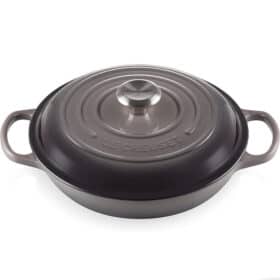
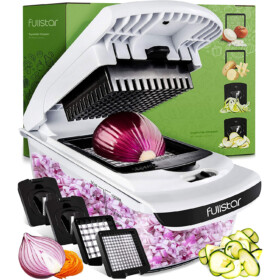


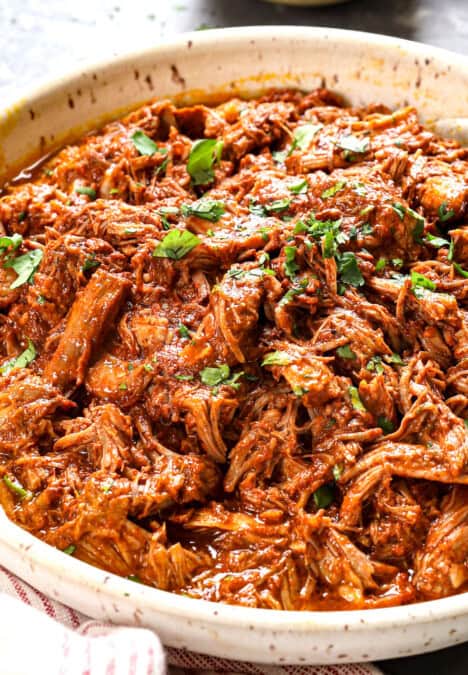


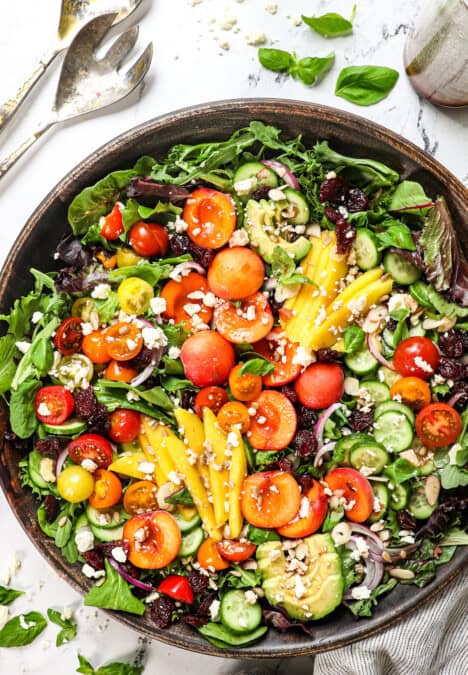
























leave a review